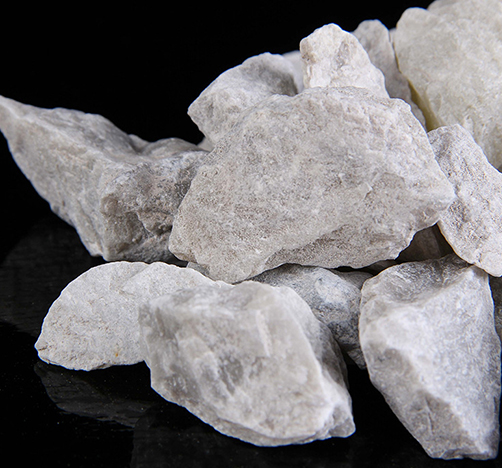![[companyname]](/uploads/logo/20170621092913.png)
- 首頁
- 公司介紹
- 產(chǎn)品展示
- 廠區(qū)設(shè)備
- 礦區(qū)展示
- 新聞資訊
- 優(yōu)化中心
Language新聞資訊 NEWSWhat are the common flame retardants
發(fā)表時間:2021-02-22
1. Chlorine flame retardant
Recently, brominated flame retardants have been replaced by chlorinated flame retardants, and the consumption of chlorinated flame retardants has decreased.
2. Brominated flame retardant
3. Phosphorus flame retardant
Phosphorus flame retardants include inorganic phosphorus flame retardants and organic phosphorus flame retardants.
4. Nitrogen flame retardant
Melamine and melamine cyanurate (MCA) are commonly used. Synergists are often added to PA, PU, Po, pet, PS, PVC and other resins. Nitrogen / phosphorus is the most commonly used synergistic flame retardant system.
5. Intumescent flame retardant
6. Inorganic hydroxide flame retardant
Flame retardants are functional additives that give flammable polymers flame retardancy. They are mainly designed for the flame retardancy of polymer materials. There are many types of flame retardants, which can be divided into additive flame retardants and reactive flame retardants according to the method of use.
Additive flame retardants are added to polymer by mechanical mixing method to make the polymer have flame retardancy. At present, additive flame retardants mainly include organic flame retardants and inorganic flame retardants, halogen flame retardants (organic chlorides and organic bromides) and non halogen flame retardants. Organic flame retardants are represented by bromine, phosphorus nitrogen, nitrogen, red phosphorus and compounds, while inorganic flame retardants are mainly antimony trioxide, magnesium hydroxide, aluminum hydroxide, silicon and other flame retardants.
Reactive flame retardant is used as a monomer to participate in the polymerization reaction, so that the polymer itself contains flame retardant components. Its advantage is that it has less impact on the performance of polymer materials and has long-lasting flame retardancy.
上一條:輕燒氧化鎂與活性氧化鎂一樣嗎下一條:阻燃劑有哪些新聞資訊- 氫氧化鎂的物理性質(zhì)2024-09-03
- 阻燃劑標(biāo)準(zhǔn)2023-09-18
- 脫硫劑有哪些2023-09-13
- 鎂礦石有什么用途2023-09-07
- 阻燃劑的成分有哪些啊2023-09-04
- 水鎂石的鑒定特征2023-08-29
- 氫氧化鎂的作用2023-08-23
- 輕燒氧化鎂與活性氧化鎂一樣嗎2023-08-23
- 氫氧化鎂阻燃機(jī)理2023-08-14
- 氫氧化鎂與氫氧化鋁的具體區(qū)別在哪2023-08-07
- 鎂礦是什么礦2023-08-01
- 水鎂石和菱鎂礦的區(qū)別2023-08-01
- 高純氫氧化鎂在各領(lǐng)域中的用途及發(fā)展現(xiàn)狀2023-07-24
- 氧化鎂在運輸中的注意事項2023-07-18
- 氫氧化鎂阻燃劑2023-07-17
- 關(guān)于我們 關(guān)于我們
- 產(chǎn)品展示 輕質(zhì)氧化鎂 氫氧化鎂阻燃劑 水鎂石 氫氧化鎂
- 新聞資訊 公司動態(tài) 新聞公告
- 成功案例 設(shè)備 礦區(qū)展示 輕燒粉 水鎂石 螢石 菱鎂礦 七水硫酸鎂
- 聯(lián)系我們
服務(wù)咨詢熱線 國內(nèi):15841541177
Mob : +86 15140151047版權(quán)所有:鳳城市華峰水鎂礦業(yè)有限公司 備案號: 遼ICP備17010433號-1 遼公網(wǎng)安備 21068202000100號
遼公網(wǎng)安備 21068202000100號
- 公司介紹




